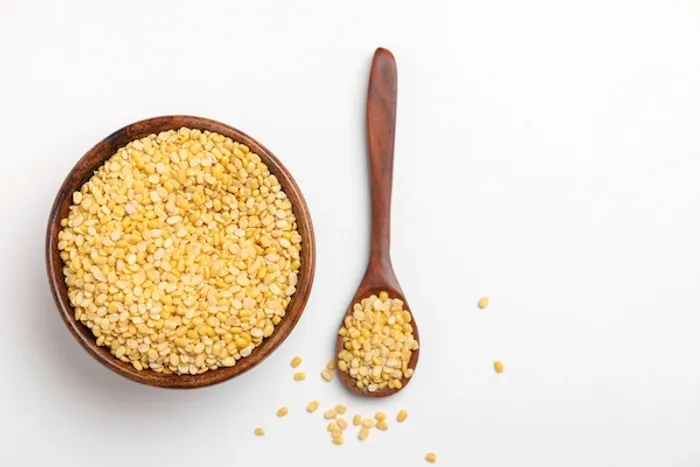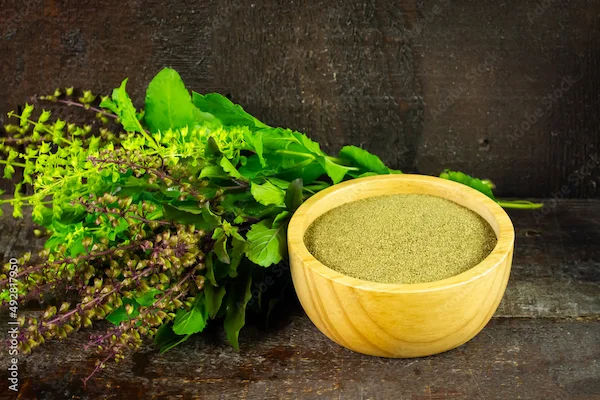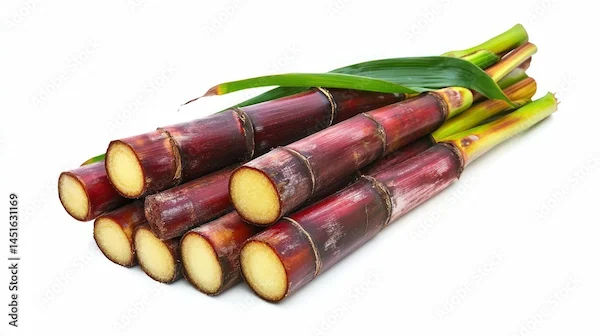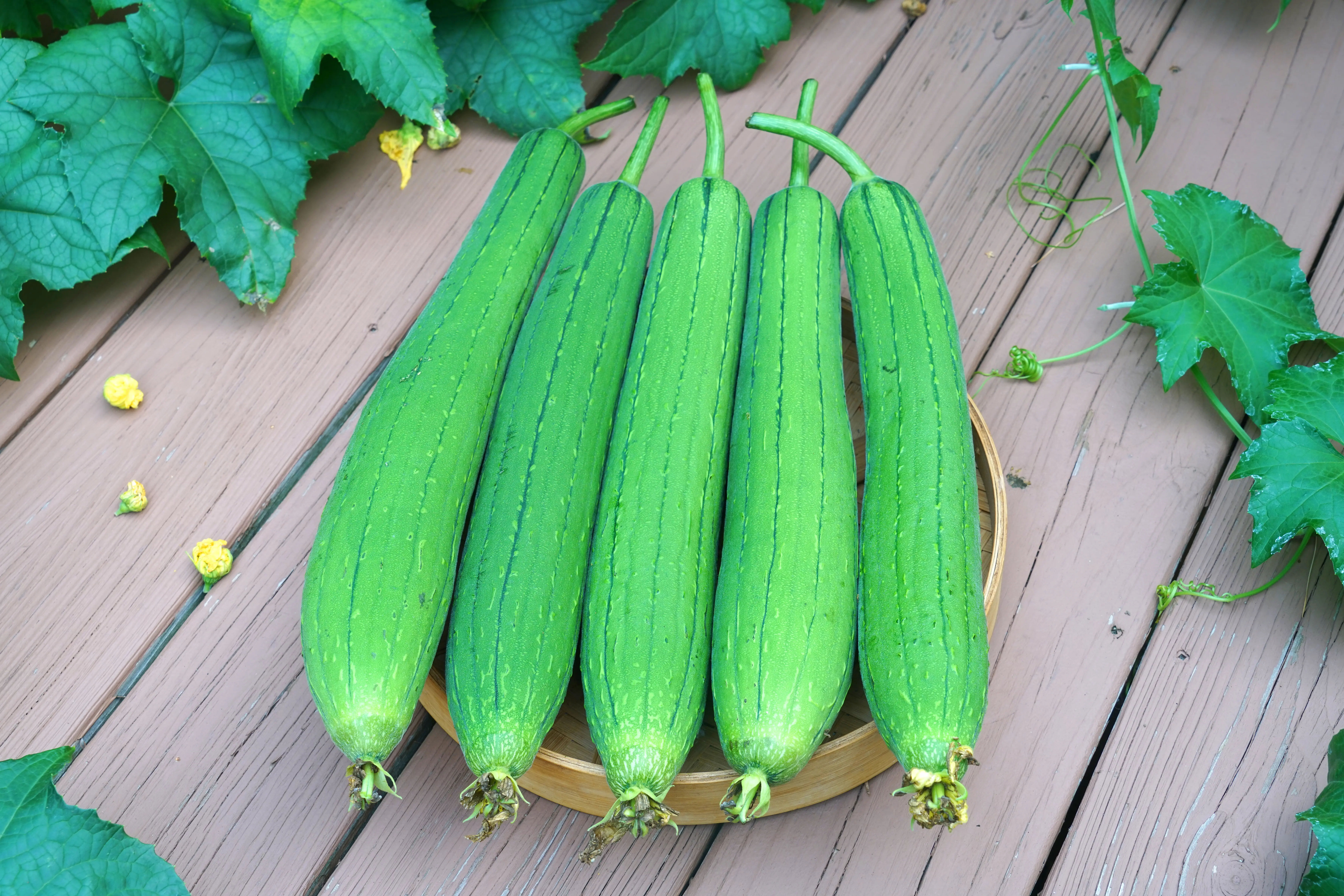Unlock the Power of Moong Dal: 10 Evidence-Based Health Benefits
Know about the power of moong dal, 10 evidence of nutritional benefits of moong dal and its nutrient profile.

Written by Dr. Dhankecha Mayank Dineshbhai
Reviewed by Dr. Md Yusuf Shareef MBBS
Last updated on 15th Sep, 2025

In the vast world of nutritious foods, few are as humble yet as powerful as moong dal. This tiny, split yellow lentil is a cornerstone of Indian cuisine and a celebrated ingredient in Ayurveda, but its benefits are truly global. Far more than just a comfort food, moong dal is a veritable superhero of the legume family, packed with a stunning array of nutrients that can transform your health from the inside out. Whether your goal is to manage your weight, boost your heart health, or simply feel more energetic, this unassuming dal might be the missing piece in your dietary puzzle. This comprehensive guide will delve deep into the science-backed benefits of moong dal, explore its impressive nutritional profile, and show you how to easily incorporate it into your daily meals for optimal well-being.
What Exactly is Moong Dal? More Than Just a Yellow Lentil
Moong dal, known scientifically as Vigna radiata, is simply the split and skinned version of the whole green mung bean. While the whole bean is green and oblong, the process of splitting and removing the husk reveals the yellow, soft-centred dal that cooks quickly and is incredibly easy to digest. This transformation makes it a staple in millions of households, particularly across the Indian subcontinent.
Consult a Nutritionist for Personalised Advice
A Staple in Ayurveda and Indian Cuisine
In Ayurveda, the ancient Indian system of medicine, moong dal is classified as a sattvic food—meaning it is pure, clean, and conducive to clarity of mind and physical balance. It is considered one of the most easily digestible pulses and is often recommended during recovery from illness, for cleansing diets, or for those with weak digestive fire (Agni). Its light and soothing properties make it a foundational food for healing.
Split vs. Whole: Understanding the Different Forms
It's helpful to distinguish between the two common forms:
- Whole Moong (Green Gram): These are the whole, green beans with the husk intact. They are excellent for sprouting and are used in salads, curries, and stir-fries.
- Moong Dal (Split Yellow Lentil): This is the split version without the green husk. It's yellow, cooks faster, and is renowned for being gentle on the stomach, making it a perfect plant-based protein source for children, the elderly, and anyone with digestive sensitivities.
A Nutritional Powerhouse:
What's Inside a Bowl of Moong Dal?
The immense health benefits of moong dal stem from its dense and well-rounded nutritional profile. A single cup (approximately 200 grams) of cooked moong dal provides a powerful punch of essential nutrients for very few calories.
Macronutrient Profile: Protein, Carbs, and Fibre
Moong dal is a macronutrient champion. It is:
- High in Protein: With about 14 grams of protein per cup, it's a fantastic source of vegetarian protein, crucial for muscle repair, enzyme production, and overall cellular function.
- Rich in Complex Carbohydrates: It provides sustained energy release without spiking blood sugar levels.
- Packed with Dietary Fibre: Its high fibre content (over 15 grams per cup) promotes digestive health, feeds beneficial gut bacteria, and helps maintain healthy cholesterol levels.
Micronutrient Goldmine: Vitamins and Minerals
This is where moong dal truly shines. It is an excellent source of:
- Folate (B9): Vital for DNA synthesis, cell growth, and especially important during pregnancy.
- Iron: Essential for preventing anaemia and transporting oxygen in the blood.
- Potassium: A key electrolyte for maintaining fluid balance, nerve signals, and heart health.
- Magnesium: Involved in over 300 biochemical reactions, including energy creation and muscle function.
- Zinc: Supports immune function and wound healing.
It also contains significant amounts of B vitamins, phosphorus, and copper, making it a complete package for overall wellness.
Top 10 Science-Backed Benefits of Moong Dal
1. Boosts Heart Health and Regulates Blood Pressure
Moong dal is the heart's best friend. The combination of soluble fibre, potassium, and magnesium works synergistically to combat high blood pressure and cholesterol. The fibre helps remove excess cholesterol from the body, while potassium acts as a vasodilator, relaxing blood vessels and reducing strain on the cardiovascular system. Studies have shown that regular consumption of legumes like moong dal is associated with a significantly lower risk of cardiovascular disease.
The Role of Potassium, Magnesium, and Fibre
- Potassium counteracts the effects of sodium, helping to control blood pressure.
- Magnesium promotes smooth blood flow and regulates heartbeat.
- Soluble fibre binds to cholesterol in the digestive system and prevents its absorption into the bloodstream.
2. Aids in Weight Management and Promotes Satiety
If you're looking to manage your weight, moong dal should be your go-to food. Its high protein and fibre content increases feelings of fullness (satiety) and reduces overall calorie intake. Protein is also known to boost metabolism and reduce levels of hunger hormones like ghrelin. A bowl of moong dal for weight loss is effective because it provides substantial nutrition and keeps you satisfied for longer, preventing unhealthy snacking.
3. Regulates Blood Sugar and Helps Manage Diabetes
Moong dal is a diabetic-friendly food. Its complex carbohydrates and abundant fibre ensure a slow, steady release of glucose into the bloodstream, preventing the sharp spikes and crashes associated with simple carbs. This makes it an excellent low GI food (Low Glycemic Index).
Understanding the Low Glycemic Index (GI)
The Glycemic Index measures how quickly a food raises blood sugar. Foods with a low GI (55 or less) are digested slowly. Moong dal has a very low GI, which helps in maintaining stable blood sugar levels, improving insulin sensitivity, and managing diabetes effectively.
4. Enhances Digestive Health and Gut Function
Renowned for being easy to digest, moong dal is often the first solid food given to babies and those recovering from illness in many cultures. The high fibre content adds bulk to stool, preventing constipation and promoting regular bowel movements. Furthermore, the resistant starch in moong dal acts as a prebiotic, feeding the good bacteria in your gut. A healthy gut microbiome is linked to improved immunity, better mood, and reduced inflammation.
5. Strengthens Immunity and Fights Inflammation
Packed with antioxidants like phenolic acids, flavonoids, and vitamins, moong dal helps combat oxidative stress—a key driver of chronic inflammation and many diseases. The zinc and iron content further bolsters the immune system, helping your body fight off pathogens more effectively. The anti-inflammatory properties of sprouted moong are particularly potent.
6. Builds Muscle and Supports Tissue Repair
With its high protein content, moong dal provides the essential amino acids necessary for muscle building and repair. While it's not a complete protein on its own (lacking in methionine), combining it with rice or whole grains in a meal like khichdi creates a complete protein profile, making it an excellent post-workout meal for vegetarians and vegans.
7. Improves Eye and Skin Health
The antioxidants in moong dal, including certain phytochemicals, help protect the skin from damage caused by UV rays and pollution, potentially reducing signs of ageing. Some traditional practices use moong dal paste as a facial exfoliant to brighten the skin. The zinc and folate content also contribute to maintaining healthy skin cells and vision.
Conclusion
From bolstering your heart and balancing your blood sugar to fueling your body with clean, plant-based energy, the benefits of moong dal are too significant to ignore. This ancient food, revered in Ayurvedic tradition, has now been validated by modern nutritional science as a genuine superfood. Its versatility in the kitchen—from a simple dal to a hearty khichdi—makes it incredibly easy to incorporate into your weekly meal plan. Embracing moong dal is more than a dietary choice; it's a step towards a healthier, more vibrant lifestyle. Start with one meal a week and experience the difference this powerful lentil can make. If you have specific health conditions like diabetes or heart disease and are making significant dietary changes, it's always wise to consult a doctor online with Apollo24|7 to create a plan tailored to your needs.
Consult a Nutritionist for Personalised Advice
Consult a Nutritionist for Personalised Advice

Ms. Samapti Maity
Dietician
11 Years • Bsc (Clinical Nutrition & Dietitics), NDEP, Course in Maternal Infant Young Child Nutrition.
Kolkata
BIENETRE CLINIC, Kolkata
Dr Sumanth R
General Physician
2 Years • MBBS
Bengaluru
PRESTIGE SHANTHINIKETAN - SOCIETY CLINIC, Bengaluru

Neelanjana J
clinical nutrition
3 Years • Bsc., Msc. Nutrition and Dietetics.
Bengaluru
Apollo Clinic, JP nagar, Bengaluru

Ms. Soma Saha
clinical nutrition
17 Years • B.Sc. - Home Science (Food & Nutrition), M.Sc. - Home Science (Food & Nutrition)
Kolkata
Dr Utsa Basu Clinic, Kolkata
(50+ Patients)

Dr. Ramalinga Reddy
General Physician
5 Years • MBBS MD General medicine
Bengaluru
PRESTIGE SHANTHINIKETAN - SOCIETY CLINIC, Bengaluru
Consult a Nutritionist for Personalised Advice

Ms. Samapti Maity
Dietician
11 Years • Bsc (Clinical Nutrition & Dietitics), NDEP, Course in Maternal Infant Young Child Nutrition.
Kolkata
BIENETRE CLINIC, Kolkata
Dr Sumanth R
General Physician
2 Years • MBBS
Bengaluru
PRESTIGE SHANTHINIKETAN - SOCIETY CLINIC, Bengaluru

Neelanjana J
clinical nutrition
3 Years • Bsc., Msc. Nutrition and Dietetics.
Bengaluru
Apollo Clinic, JP nagar, Bengaluru

Ms. Soma Saha
clinical nutrition
17 Years • B.Sc. - Home Science (Food & Nutrition), M.Sc. - Home Science (Food & Nutrition)
Kolkata
Dr Utsa Basu Clinic, Kolkata
(50+ Patients)

Dr. Ramalinga Reddy
General Physician
5 Years • MBBS MD General medicine
Bengaluru
PRESTIGE SHANTHINIKETAN - SOCIETY CLINIC, Bengaluru
More articles from General Medical Consultation
Frequently Asked Questions
Is it better to eat whole moong or moong dal?
Both are excellent. Whole moong with the husk has slightly more fibre, while moong dal is easier to digest and cooks faster. For maximum benefits, include both in your diet.
Does moong dal cause gas?
Moong dal is one of the least gas-producing lentils. Properly soaking it before cooking and using spices like asafoetida (hing), cumin, and ginger can further reduce the likelihood of gas.
How much moong dal should I eat in a day?
A typical serving size is about ½ to 1 cup of cooked dal per day. This provides a substantial amount of your daily protein and fibre needs without overdoing it.
Can I eat moong dal every day?
Yes, it is generally safe and healthy to eat moong dal daily as part of a balanced diet that includes a variety of other proteins, grains, and vegetables.
Is moong dal good for kidney patients?
Moong dal is relatively low in phosphorus compared to other dals, but kidney patients must follow a strict renal diet. Individuals with kidney disease must consult their nephrologist or a dietitian from Apollo24|7 before consuming moong dal or any pulses.




